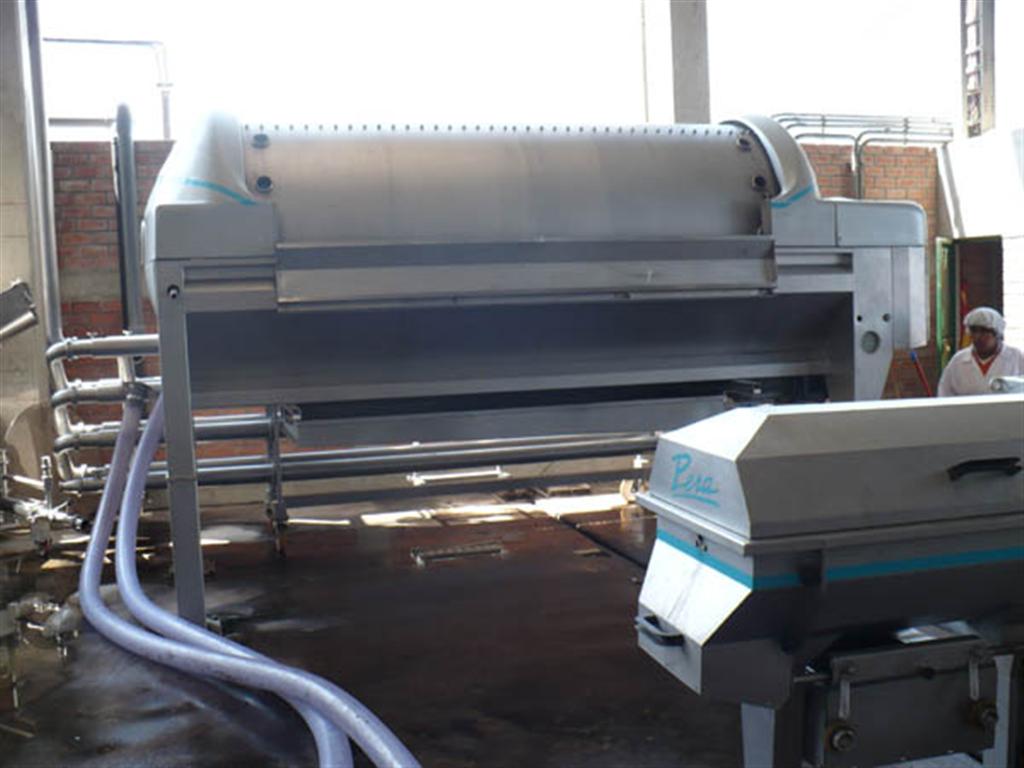History of the Grape Harvest Festival in Ica
March is the time of year in which the grape harvest takes place in
The harvest in Ica is a traditional activity. It goes back to the dawn of the colonization and the first plantings of the grape vine in the sunny and fertile valleys of Ica. Its thousand-year-old roots go back to the pre-Incan and Incan celebrations of the corn harvest that also flourished in this region.
The harvest is profoundly linked to the people of the region of Ica and is inseparable from their social and cultural heritage.
The harvest was celebrated with great jubilation during the good harvest years throughout the valley, in every farm or community in which the precious wines or the incomparable Pisco was produced. The celebration was preceded by the entire armamentarium of folkloric traditions, whose fundamental pieces are the harvest itself, as well as the gathering of the fruits by the pickers, the crushing of the grapes in typical presses, and the tasting of the “cachina” (the juice made from grapes or grape must which has been fermented for only seven days. It is removed from the fermentation process in order to be tasted, but only during the Grape Harvest Festival.) subsequently followed by eating traditional “chicharrones.”
The traditional grape stomping is given a multicolor and happy feel as the “stompers” move, under the command of the foreman, to the rhythm of drums and traditional musical groups that play songs about the harvest until very late at night. But over the last 50 years, increased and improved communication has triggered the constant migration of workers from the country to the city. These workers in turn have been replaced by farmers from other villages and farms, and these traditions might have been lost forever. However, the idea to save these traditions was started with the organization of these harvest festivals in order to continue a celebration that has so much meaning for the people of this region, as well as on a national level.
 So
it was that in December of 1958, the newspaper “La Voz de Ica,”
launched the idea of the celebration, which was adopted by the Junior
Chamber of Ica who subsequently organized the first National Grape
Harvest Festival.
So
it was that in December of 1958, the newspaper “La Voz de Ica,”
launched the idea of the celebration, which was adopted by the Junior
Chamber of Ica who subsequently organized the first National Grape
Harvest Festival.Years later due to the growing magnitude and success of this Festival due to the initiative taken by the Ica Lions Club, the festival became international in 1965, and remains so today.
In 1974 the Wine Harvest Festival was moved from the street where it had originally taken place (Av. Matias Manzanilla) to the Park of Recreation and Infant Culture, created by Senator César Elías Gonzáles, where it became established definitively. The president of this festival was Dr. Raúl Sotil Galindo.
Currently, the Provincial Council of Ica, via the Festival’s organizational committee, believes that these events, due to their importance and unique nature, should be considered a key aspect for tourists, both domestic and foreign, and thus can generate even more resources that the region today requires.
Translated by Katrina Heimark
elpiscoesdelperu
